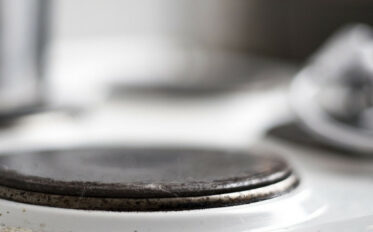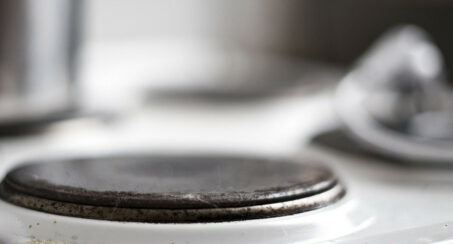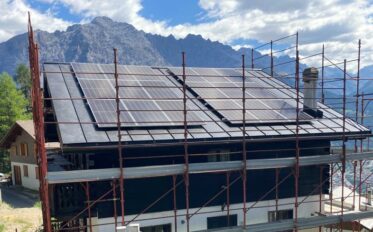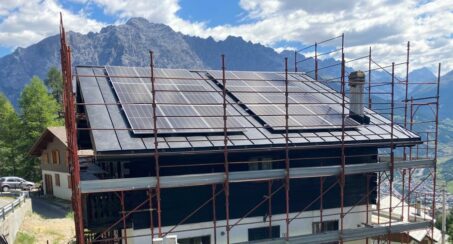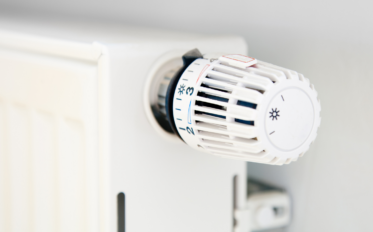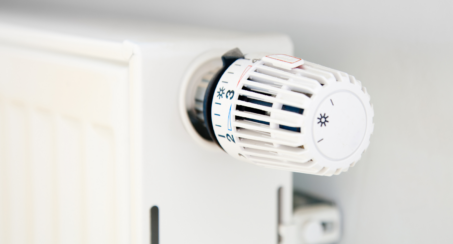Energy label deal
On 21 March 2017, the reform of the Energy Label got one step closer towards its finalisation. The three EU institutions – Commission, Parliament and Council – agreed that the EU Energy Label will go back to its previous structure of A – G, removing the confusing plusses (A+, A++, A+++). Although this is good news for European energy consumption and household bills, the failure to set a common deadline to introduce the new label will still negatively impact EU energy consumption and consumers.
We expect the Parliament and Council to approve the deal in June and the new law to be published in the EU Official Journal this autumn.
Coolproducts breaks down the biggest pros and cons of the deal below:
Pros
- The return to a closed A-G scale for future labels with an empty top class to start with which will promote innovation
- The establishment of a product database to register all product models associated with an energy label, coupled with QR/smart feature on labels. This will allow consumers to make more informed decisions and enhance market surveillance activities
- The provisions to reinforce cooperation among Member States and the Commission to check the compliance of products and to make product testing standards more representative of real life conditions.
- The provisions to prohibit defeat devices used to circumvent tests and to require informing consumers on the consequences of software update of connected appliances with regard to energy consumption
Cons
- The time to return to an A-G scale across product groups could take up to eight years. Consumers will still suffer from confusing plusses on labels due to a patchwork of co-existing energy labelling scales. In addition, excessive timelines for rescaling heating products were agreed on. Fossil fuel based boilers could continue to be labelled as ‘A’ and green beyond 2030, undermining EU decarbonisation goals towards 2050.
- Visual advertisement will not have to refer to energy consumption, potentially leading to buying more energy guzzling appliances than really needed under cover of higher efficiency class. We will need to work to correct this through decisions on individual implementing measures.
- Consumers having bought a product declared non-compliant outside the two-year warranty period will not be entitled to any compensation, until the EU institutions reform the Sale of consumer goods Directive (1999/44/EC), on which no clear timelines are provided
Resource efficiency now in Ecodesign
In its communication on the new Ecodesign Work Plan 2016-2019 last November, the Commission took steps to address resource efficiency through Ecodesign policy. Now, all measures that will be adopted or revised are expected to contain a strong resource efficiency dimension. Coolproducts has called on this for many years and welcomes this development.
Resource efficiency is a priority in some of the ongoing product measure developments or revisions such as the electronics measures and the revision of the white goods measures. In addition, three ICT product groups, including smartphones, will be investigated further to potentially be included in the Ecodesign Work Plan to address their resource conservation potentials.
Where are we now?
Resource efficiency requirements are envisioned for displays, servers, computers, washing machines and dishwashers in the form of design requirements and/or information to be provided by manufacturers to end-of-life handlers. In contrast, the fridge-freezers preparatory study overlooks the material efficiency possibilities, and instead dismisses the possibility to extend the product life time through durability and reparability features without fair listing and consideration of options.
Displays and servers are the product groups that have advanced the furthest. These product groups could set an example for future formulations on resource saving options. We welcome the proposed requirements for both product groups. However, we have additional suggestions on how to improve them and go one step further in gasping resources conservation potentials. For computers and white goods, the scientific analysis is still ongoing. All our contributions to the ongoing discussions can be found here.
Some stakeholders are calling for a horizontal discussion on the requirements for resource use. Coolproducts fears that this is another strategy to delay making decisions on concrete requirements. We advocate for confirming a smart and strategic approach that formulations used in one product group should as far as possible be reused for other product groups. However, we oppose a vision that would dismiss existing concrete proposals already suggested for electronics and white goods on behalf of any future uncertain horizontal approach.
It is also worth noting that other product groups were already associated with information provisions towards durability, resources conservation and critical material contents in 2015 (motors, commercial refrigeration) and in previous years (lamps, vacuum cleaners).
EU energy label for biomass and coal burning boilers paves the way for less polluting heating
From 1 April, all solid fuel boilers in EU stores will display the new energy label to help consumers choose the most energy-efficient products. Read more
New Ecodesign proposals for servers a step in the right direction
NGOs welcome the European Commission’s proposals for greener enterprise servers presented on 17 February, but call for more ambitious requirements to increase energy performance. Read more
Revision of displays finally coming to an end
The revision of displays is finally reaching the last stages of the legislative process, but it could still take another year before the Ecodesign & Energy Labelling rules are revised.
Coolproducts has commented on the latest Ecodesign draft, which has been notified to the WTO. Overall, we are quite satisfied, except for how signage displays are treated.
The Commission includes signage displays in the scope, but exempts them from energy efficiency requirements. This is despite market research that shows that displays in the public space consume on average 40% more energy than consumer TVs and are often operated 24/7. With these displays mushrooming in the public space, quick action is needed to grasp the efficiency potentials at hand.
The Commission has announced that a new Consultation Forum meeting will be organised on the main elements of the Ecodesign and Energy Labelling reviews on displays once the revision of the framework (Energy Labelling Directive) is completed. This is taking a step backwards in the process and will further delay the actual revision that started in 2012. We anticipate that votes by Member States and the adoption of new Ecodesign and Energy label rules will take place in 2018 at the earliest.
Our technical contribution to the Commission proposal of December 2016 is available here.
Revision of transformers
Transformers are an integral part of any power grid as they transmit, distribute and allow for the utilisation of electrical energy. The European Commission launched a one year study in September 2016 to adjust existing requirements.
Based on the drafts of the first report, Coolproducts has seen a lack of focus on small power transformers. Small transformers will become increasingly important in the future, as they are used in the charging stations of electric vehicles. They must be properly investigated for a possible integration in the scope. We also call on the study team to investigate what can be improved from a resource efficiency perspective, as this should be included in all preparatory studies from now on.
Additionally, the Commission has asked the study team to verify if the requirements for Tier 2 entering into force in 2021 are still cost-effective from a lifecycle analysis perspective.
Coolproducts is following these developments closely and is against downgrading requirements which have already been approved.
Weekend must-reads
- European Commission Report: EU energy efficiency requirements for products generate financial and energy savings
- Topten study: Energy efficiency of White Goods in Europe: monitoring the market with sales data.


